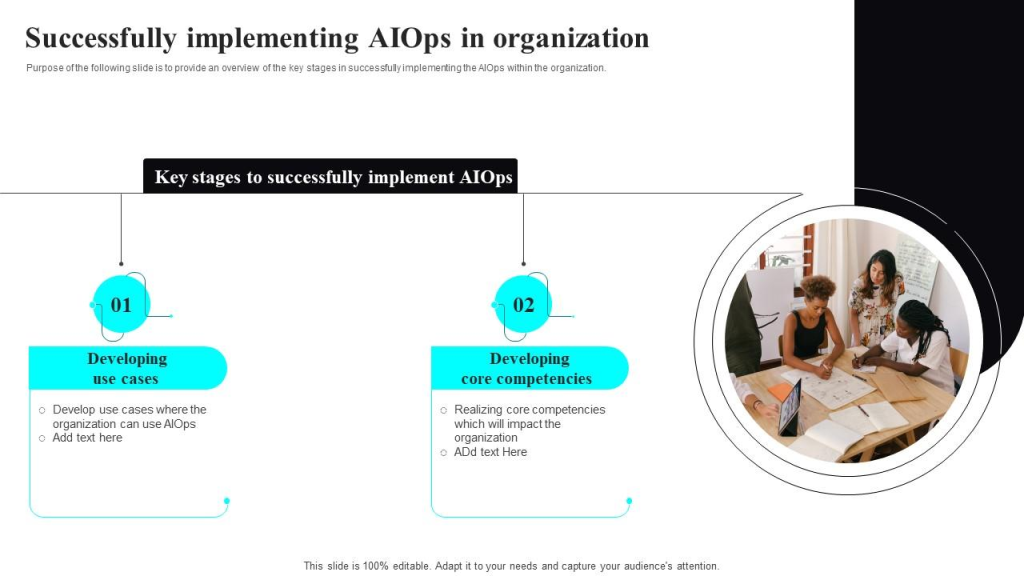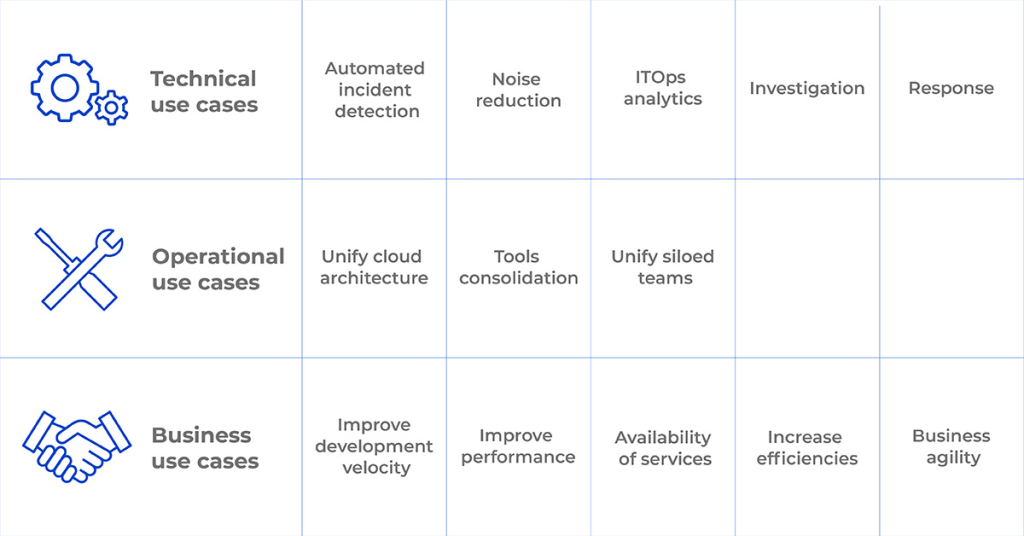Upgrade & Secure Your Future with DevOps, SRE, DevSecOps, MLOps!
We spend hours scrolling social media and waste money on things we forget, but won’t spend 30 minutes a day earning certifications that can change our lives.
Master in DevOps, SRE, DevSecOps & MLOps by DevOps School!
Learn from Guru Rajesh Kumar and double your salary in just one year.

Are you looking to implement AiOps in your organization? It can be a daunting task, but with the right approach and guidance, it’s possible to achieve success. In this article, we’ll explore the steps you can take to implement AiOps effectively.
What is AiOps?
Before we dive into the implementation process, let’s define what AiOps is. AiOps, or Artificial Intelligence for IT Operations, is the use of artificial intelligence and machine learning to streamline and automate IT operations. It helps organizations detect, diagnose, and resolve IT issues faster and more efficiently.
Step 1: Define Your Goals and Objectives
The first step in implementing AiOps is to define your goals and objectives. What do you hope to achieve by implementing AiOps? Do you want to improve incident response times, reduce downtime, or increase efficiency? Once you have a clear understanding of your goals, you can start to identify the tools and technologies you’ll need to achieve them.
Step 2: Choose the Right Tools and Technologies
Choosing the right tools and technologies is crucial to the success of your AiOps implementation. There are many different tools and platforms available, each with its own strengths and weaknesses. Some popular options include:
- AIOps platforms
- Machine learning algorithms
- Predictive analytics tools
- Chatbots and virtual assistants
When choosing your tools and technologies, it’s important to consider factors such as scalability, ease of use, and integration with existing systems.
Step 3: Engage Your Team

Implementing AiOps is not a one-person job. You’ll need to engage your entire team, from IT staff to business leaders. Make sure everyone understands the benefits of AiOps and how it will impact their role in the organization. Encourage open communication and collaboration to ensure that everyone is on the same page.
Step 4: Start Small and Scale Up
Implementing AiOps can be a complex and challenging process. It’s important to start small and scale up gradually. Begin with a small pilot project or proof of concept to test the waters and identify any potential issues. Once you have a solid foundation in place, you can gradually expand your implementation to cover more systems and processes.
Step 5: Measure Your Success
Measuring your success is critical to ensuring the long-term success of your AiOps implementation. Define your key performance indicators (KPIs) and regularly track and analyze your progress. Use this data to identify areas for improvement and adjust your approach as needed.
Conclusion
Implementing AiOps can be a game-changer for your organization, but it requires careful planning and execution. By following these steps and working closely with your team, you can successfully implement AiOps and reap the benefits of improved efficiency, reduced downtime, and faster incident resolution.

Leave a Reply